|
Interlock Fabric Also Known As |
Double-knit fabric. Reversible fabric, double jersey fabric. |
|
Manufacturing Process |
Weft knitting on circular or flat knitting machines using interlocking loops. |
|
Appearance |
Smooth surface on both sides, thicker than single jersey, durable, soft texture |
|
GSM Range |
150-400 GSM |
|
Composition Range |
100% cotton, polyester, spandex blends (e.g., 95% cotton, 5% spandex), or other synthetic blends. |
|
Construction Range |
Interlocking knit loops with no curling edges. Denser than a single jersey. |
|
Functionality |
TPU, PU, AC, W/R, PVC |
|
Count Variations |
20s to 40s |
|
Full Width |
57/58”, 59/60”, 71/73” |
|
Fabric Breathability |
Moderate, depending on composition (better with cotton or bamboo) |
|
Moisture-Wicking Abilities |
Good with polyester or treated fibers for activewear |
|
Heat Retention Abilities |
High due to double-knit structure, ideal for winter wear |
|
Stretchability |
Excellent, especially with spandex blends |
|
Prone to Pilling/Bubbling |
Moderate; varies with fiber type (less prone with polyester or treated fibers) |
|
Country of Origin |
|
|
Biggest Exporter Country |
China (approx. 40% of global production) |
|
Abrasion Resistance |
High, making it suitable for heavy-duty garments |
|
Durability |
Very durable due to its tightly interlocked structure |
|
Recommended Washing Temperatures |
30°C to 40°C (delicate cycle recommended) |
|
Applications |
Activewear, T-shirts, dresses, baby clothing, undergarments, winter wear, sportswear |
What Is Interlock Fabric?
Interlock fabric is a double-knit textile with a smooth, technical face on both sides. Known for its durability, stretch, and comfort. Interlock fabric is widely used in apparel, particularly sportswear, activewear, and casual clothing. Its versatility stems from its unique structure and composition.
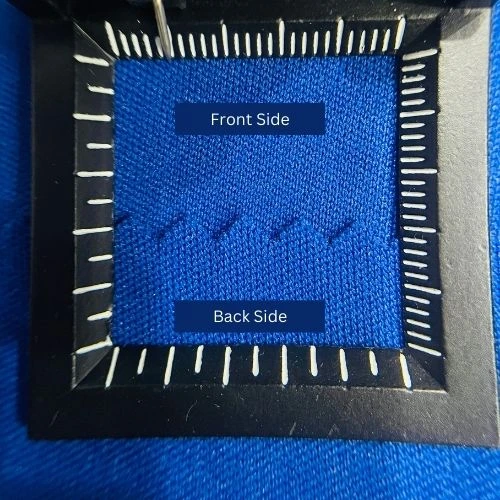
Figure: Interlock Fabric Front and Back Side
Table Of Contents
Types of Interlock Fabric
Interlock fabric can be categorized into various types based on structure, composition, and end-use. Below are the common types of Interlock Fleece:
Basic Interlock Fabric
Composition: Cotton, polyester, or blends (e.g., CVC/ TC).
Features:
- Smooth on both sides.
- Medium thickness and soft texture.
- Moderate stretchability and durability.
Applications: T-shirts, lightweight dresses, baby clothing, and underwear.
2. Interlock Fleece
Composition: Cotton/polyester blends, often brushed on one side for softness.
Features:
- Dense structure with a soft, brushed inner surface for warmth.
- High thermal insulation and moderate stretch.
- Excellent for winter wear due to its plush texture.
Applications: Sweatshirts, hoodies, sweatpants, and winter activewear.
3. Ribbed Interlock
Composition: Cotton, spandex, or a blend.
Features:
- Rib-like appearance achieved with interlocking loops.
- High elasticity and excellent recovery.
- Enhanced stretch compared to basic interlock fabric.
Applications: Cuffs, collars, waistbands, and form-fitting clothing.
4. Double-Sided Interlock Fabric
Composition: Cotton, rayon, bamboo, or synthetic fibers.
Features:
- Smooth on both sides, identical appearance.
- Thicker and more durable than single-layer fabrics.
- Excellent for garments needing structure and support.
Applications: Leggings, dresses, and structured tops.
5. Jacquard Interlock
Composition: Cotton/polyester or blends, with patterns woven into the fabric.
Features:
- Intricate patterns or textures integrated during knitting.
- Heavier and more decorative than plain interlock fabric.
Applications: Fashion apparel, upholstery, and decorative garments.
How Is Interlock Fabric Made?
Double-Knit Construction
Interlock fabric is created using a double-knit process on circular knitting machines. Two sets of needles interlock loops, forming a tightly connected structure. This results in a fabric that appears identical on both sides and has a dense, stable texture.
Common Materials Used
- Cotton: Soft, breathable, and skin-friendly.
- Polyester: Adds durability, moisture-wicking, and quick-drying properties.
- Spandex: Provides stretch for flexibility and comfort.
Blends of these fibers are often used to balance performance and comfort.
Key Features of Interlock Fabric
1. Uniform Surface
Interlock fabric has a smooth finish on both sides. It is visually appealing and comfortable against the skin.
2. Stretchability
Thanks to its knit structure, this fabric offers excellent stretch and recovery. When blended with spandex, it provides superior elasticity.
3. Durability
The interlocking loops in its construction enhance its strength, reducing the risk of fraying or tearing.
4. Thickness and Stability
Interlock fabric is thicker and more stable compared to single jersey fabrics. It maintains its shape even after repeated washing and wearing.
5. Breathability and Moisture-Wicking
When blended with polyester, interlock fabric enhances breathability and moisture-wicking, keeping the wearer cool and dry.
Applications of Interlock Fabric
1. Sportswear and Activewear
Interlock fabric’s stretch, moisture-wicking, and durability make it ideal for leggings, yoga pants, sports bras, and gym tops.
2. Casual Wear
Used in T-shirts, dresses, and loungewear, it combines comfort with a polished look.
3. Undergarments
Its soft texture and breathability make it suitable for briefs, camisoles, and thermal wear.
4. Kids’ Clothing
The softness and stretchability of interlock fabric make it a favorite for baby clothes and children’s wear.
5. Medical Textiles
Interlock fabric is used for compression garments and healthcare uniforms due to its stretch and durability.
Advantages of Interlock Fabric
1. Comfort
The soft, smooth surface ensures comfort, even for sensitive skin.
2. Shape Retention
Its stable structure resists sagging and maintains shape over time.
3. Versatility
Interlock fabric works well for various applications, from casual to performance wear.
4. Easy to Care For
It is machine washable and holds up well against regular use.
How to Care for Interlock Fabric
1. Washing
- Use cold or warm water.
- Opt for a gentle detergent to protect fibers.
2. Drying
- Air drying is ideal to maintain elasticity.
- Avoid excessive heat from dryers.
3. Ironing
Use low heat if necessary, and avoid direct contact with polyester or spandex blends.
Single Jersey Vs Interlock Vs Rib Fabric
Here is the difference table I drew from my knitting experience in the factory between single jersey fabric vs interlock fabric vs rib fabric.
|
Property |
Single Jersey Fabric |
Interlock Fabric |
Rib Fabric |
|
Fabric Type |
Single-knit fabric |
Double-knit fabric |
Double-knit fabric |
|
Technical Face |
Smooth on one side, purl structure on the other |
Smooth on both sides |
Alternating ridges (wales) and hollows (courses) |
|
Technical Back |
Purl loops visible |
Same as the front |
Similar to the front, alternating ribs |
|
Wales per Inch |
30–40 wales (depending on yarn count) |
40–60 Wales (denser than single jersey) |
20–50 wales (depending on rib structure) |
|
Courses per Inch |
24–30 courses (moderate density) |
30–50 courses (higher density) |
24–40 courses (moderate to high density) |
|
Arc Length |
Longer arc length due to single-yarn construction |
Shorter arc length due to interlocking loops |
Moderate arc length with elastic ribs |
|
Fabric Stretchability |
High stretch in width |
High stretch in both directions |
Highest stretch in the width direction |
|
Elastic Recovery |
Moderate |
Excellent |
Very good |
|
Thickness |
Thin and lightweight |
Thicker than a single jersey |
Medium thickness varies with rib type |
|
Curling Edges |
Yes, curls at the edges |
No curling due to stable structure |
No curling |
|
Thermal Insulation |
Low |
High due to compact structure |
Moderate, depending on rib width and depth |
|
Durability |
Moderate, prone to pilling |
High due to tighter construction |
High, resilient and durable |
|
Applications |
T-shirts, lightweight tops |
Sportswear, leggings, activewear, winterwear |
Cuffs, collars, waistbands, fitted garments |
|
Recommended Needle |
Single needle |
Twin needle for double-knit machines |
Twin or circular needles for rib structures |
|
Loop Structure |
Single loops in one direction |
Loops interlocked from two yarn systems |
Alternating knit and purl loops |
|
Fabric Stability |
Low, require additional finishing |
High, inherently stable |
Moderate to high, depending on rib width |
|
Tactile Feel |
Soft but less stable |
Smooth, soft, and dense |
Textured with an elastic feel |
Conclusion
Interlock fabric is a versatile and reliable textile that excels in comfort, durability, and performance. From sportswear to casual wear, its unique properties make it a go-to fabric for various applications. With proper care, interlock fabric remains soft, stretchy, and durable for a long time. Whether you’re looking for flexibility in your workout gear or comfort in your everyday clothing, interlock fabric delivers on all fronts.
FAQs
1. What makes interlock fabric different from jersey fabric?
Interlock fabric is thicker, has a smooth surface on both sides and offers better shape retention compared to jersey fabric.
2. Can interlock fabric be used for winter clothing?
Yes, its thickness and ability to trap heat make it suitable for thermal wear and winter apparel.
3. Is interlock fabric good for sensitive skin?
Yes, especially when made from cotton, it is gentle and non-irritating to sensitive skin.
4. Does interlock fabric shrink after washing?
When pre-shrunk, it resists significant shrinkage. Always check the care label for specific instructions.
5. Can I sew interlock fabric at home?
Yes, but use a ballpoint needle and a stretch stitch for the best results.



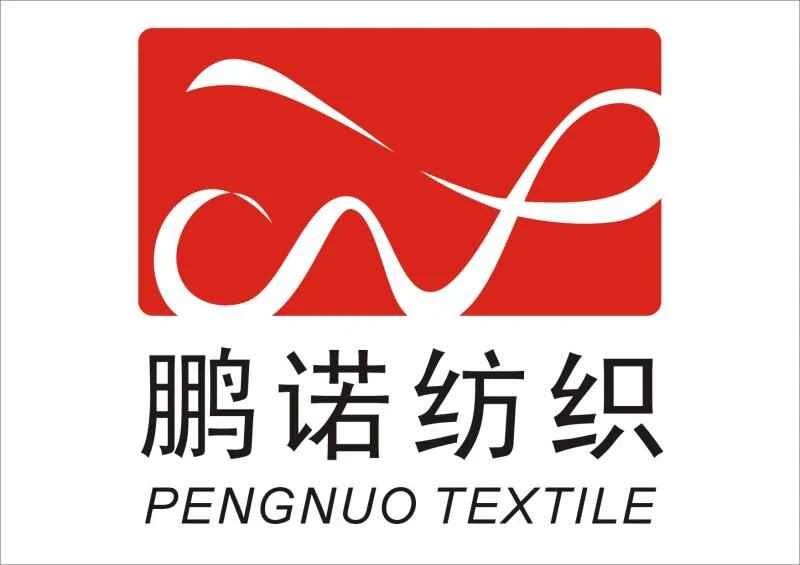

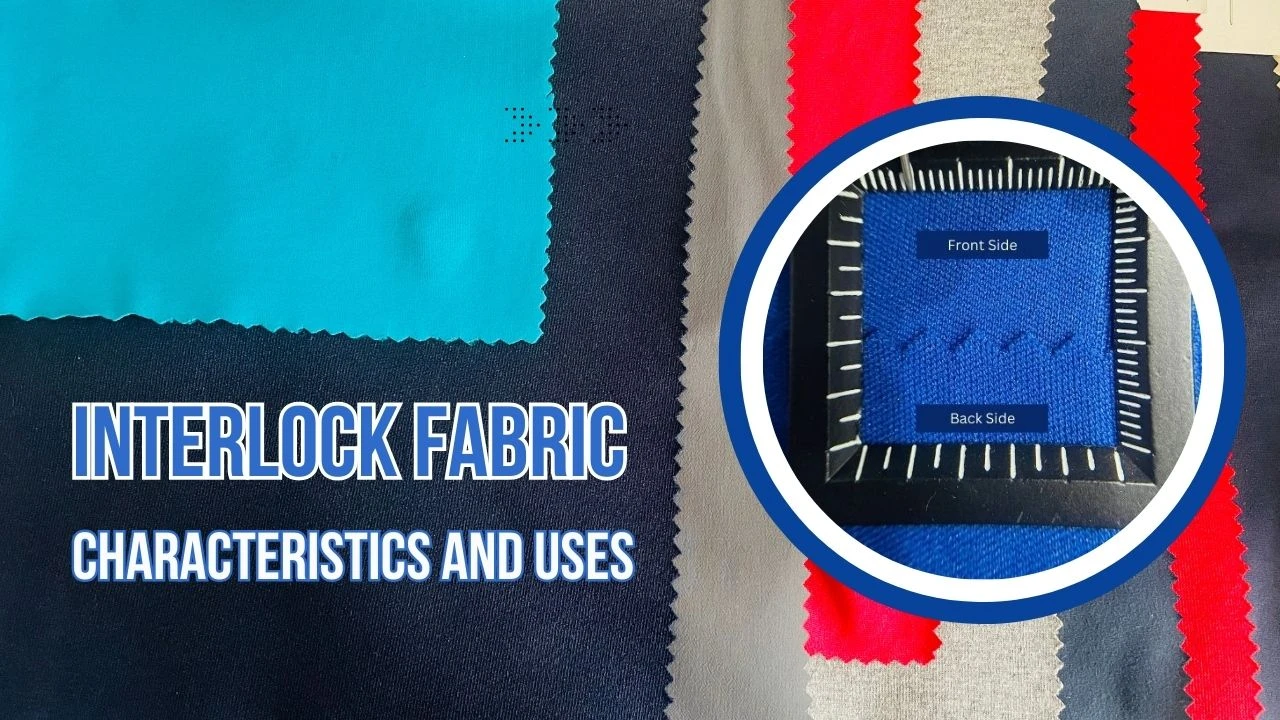
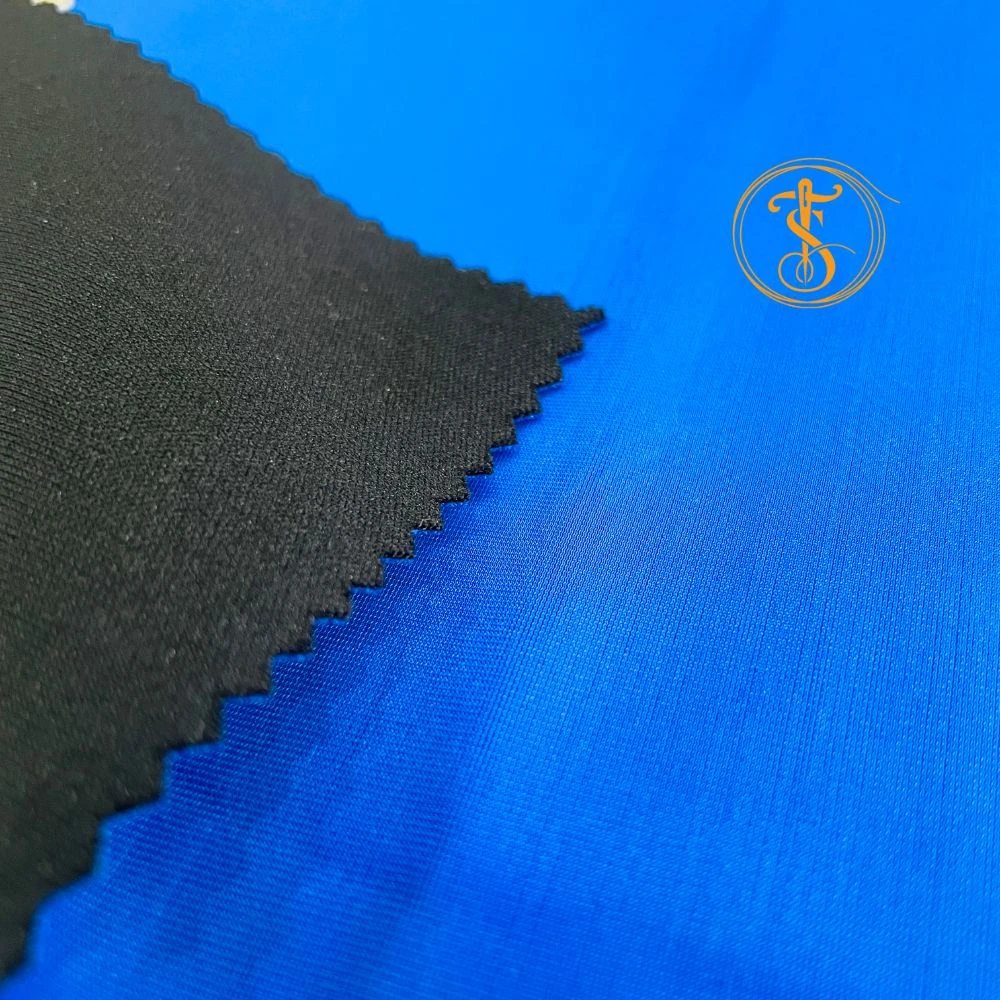
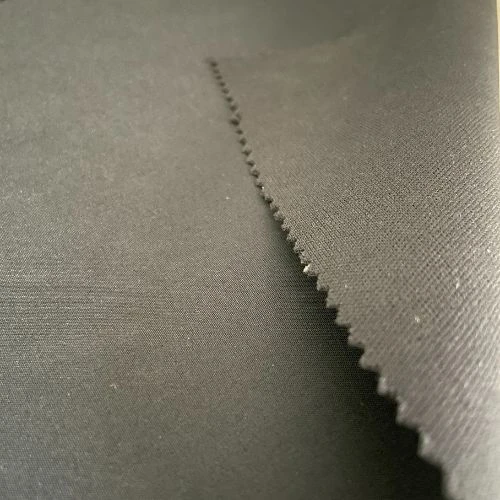
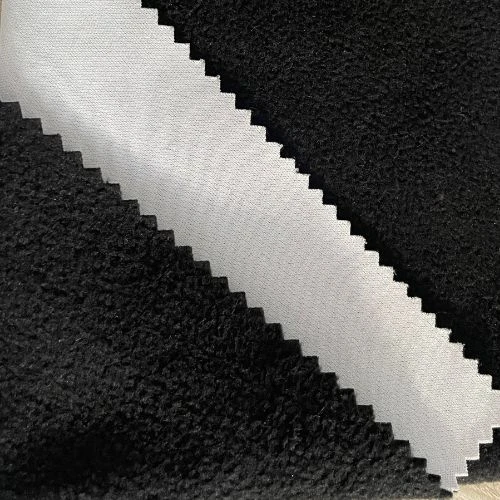
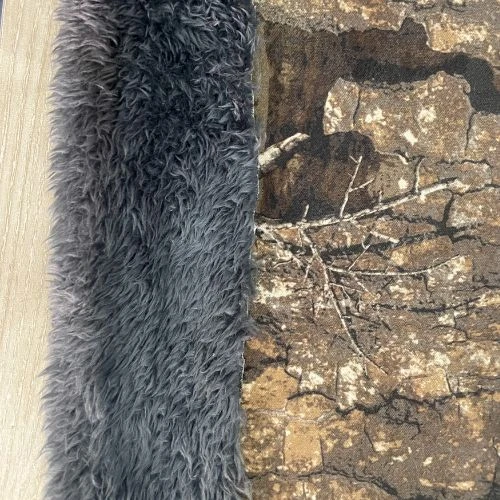
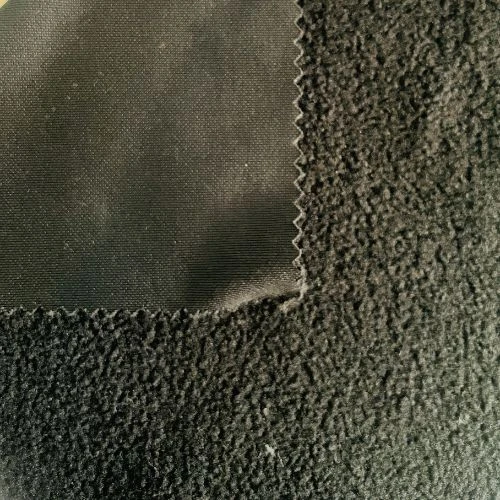
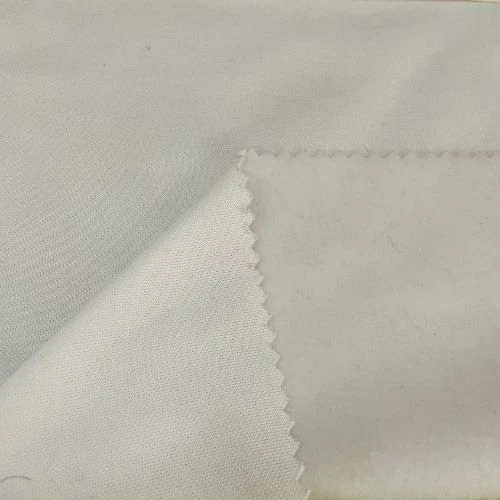
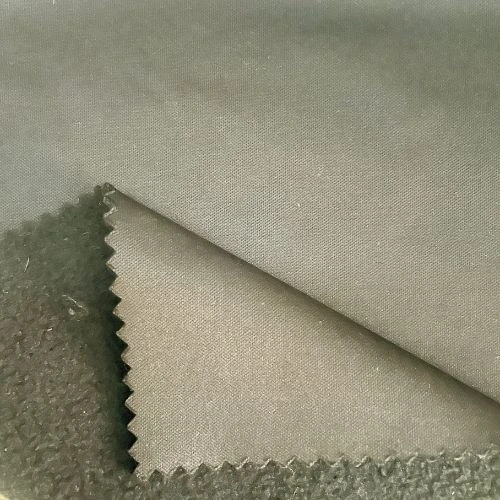
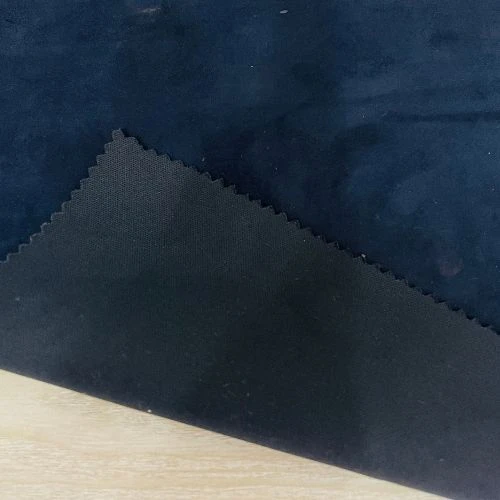
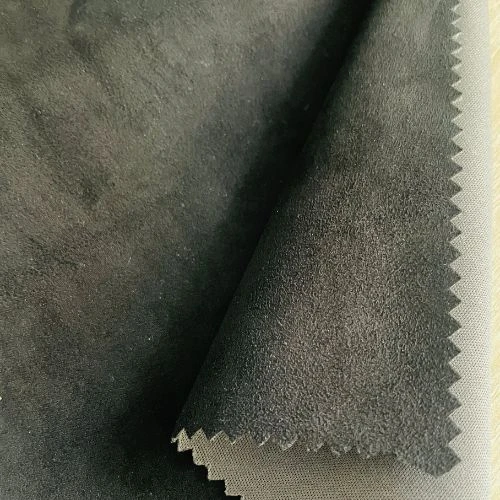
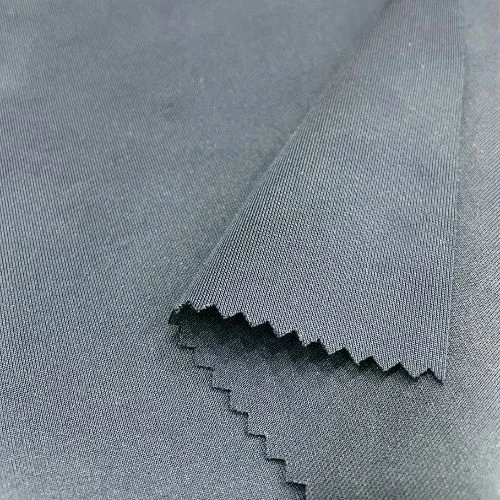
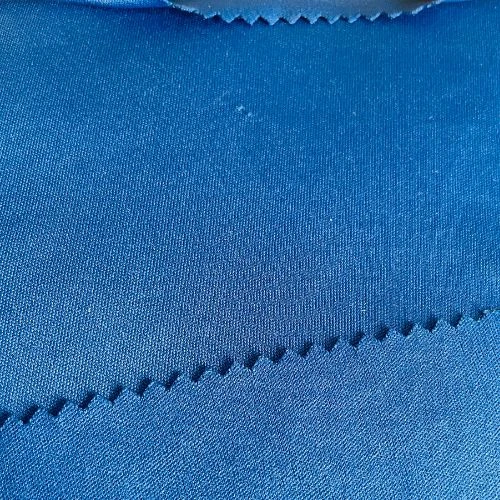
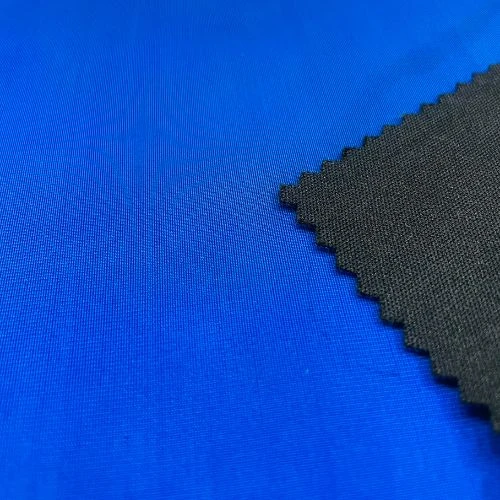

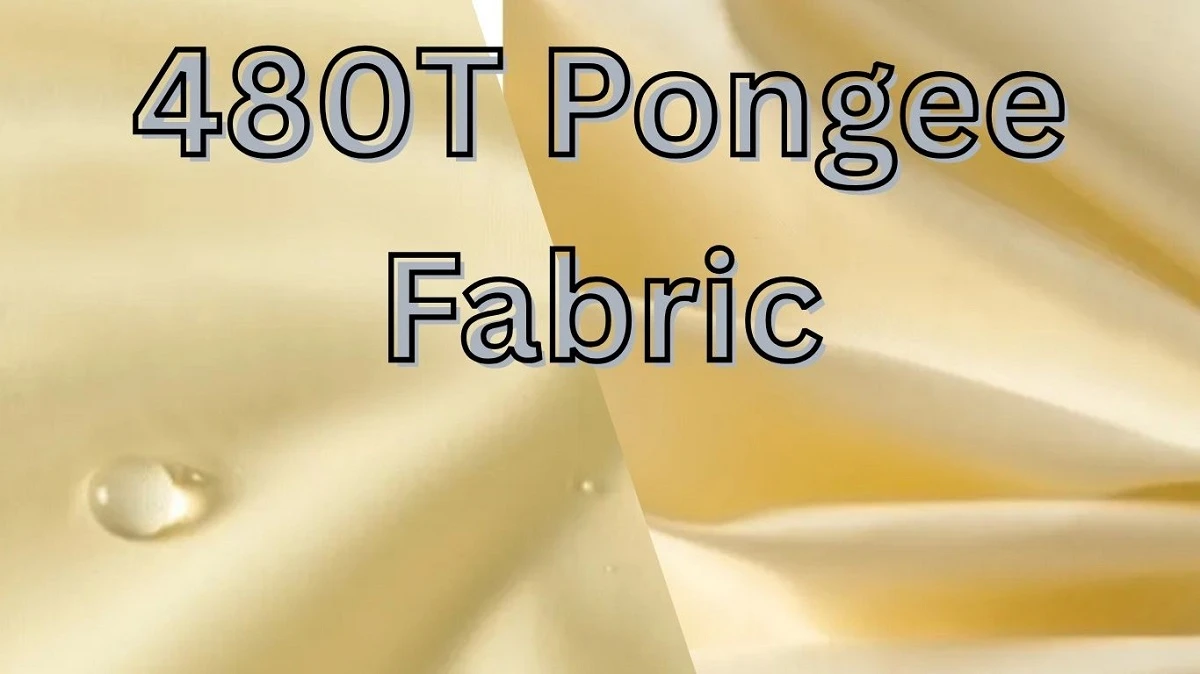
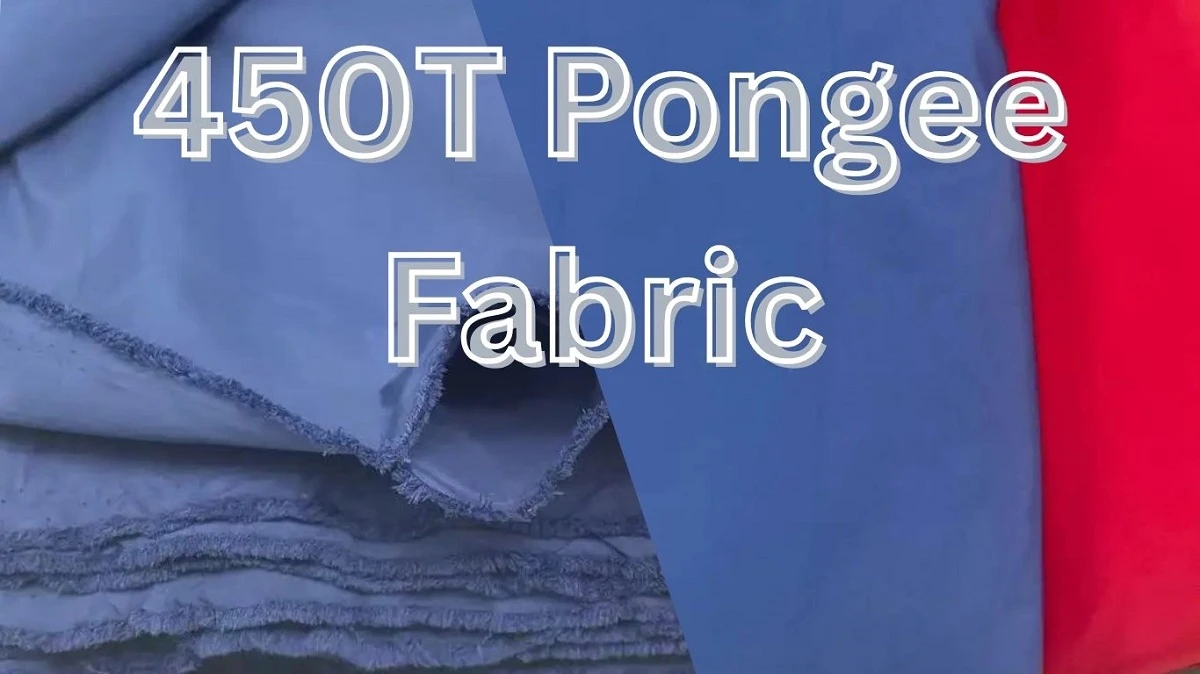
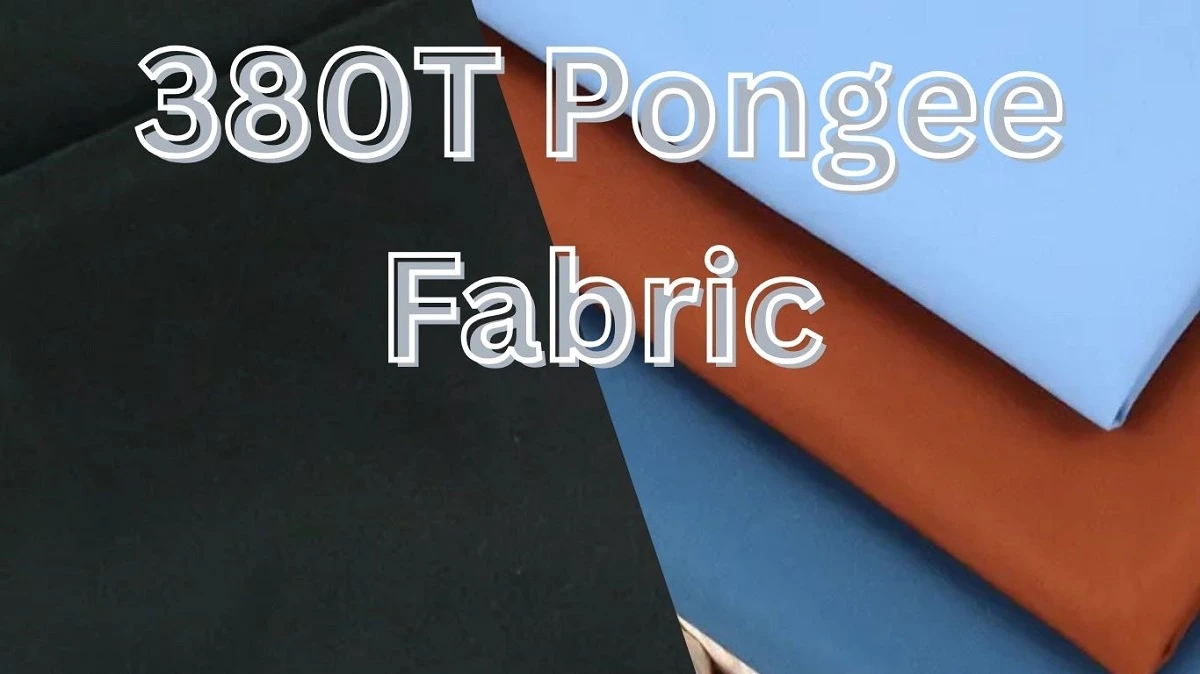
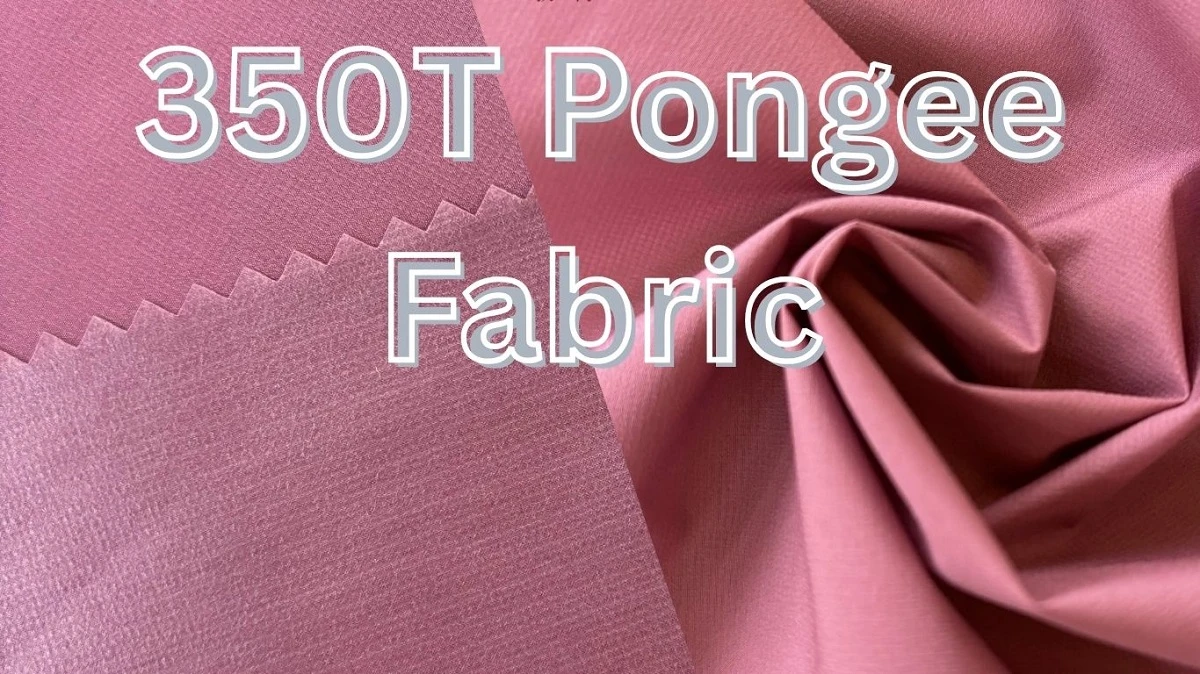
Comments - 00
Leave A Reply
Thanks for choosing to leave a comment.